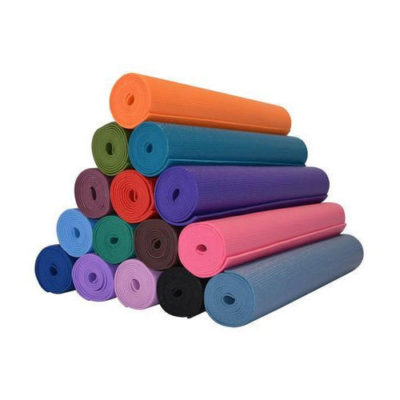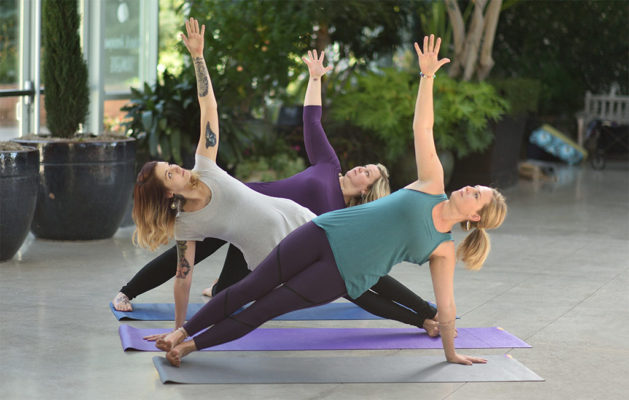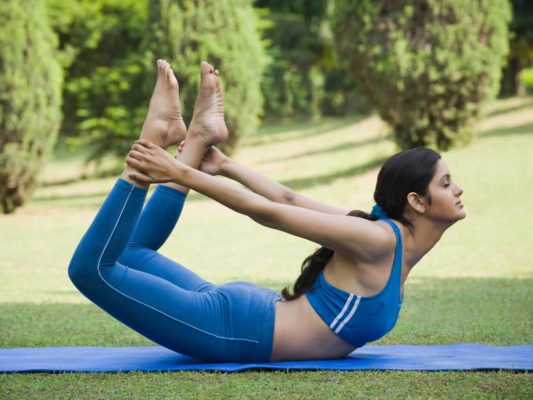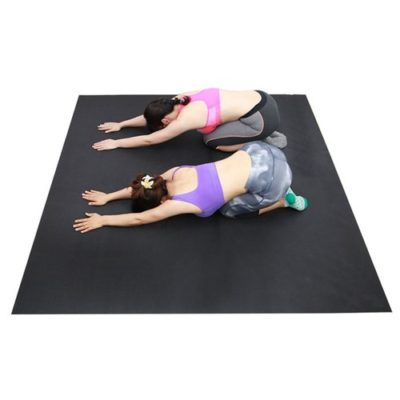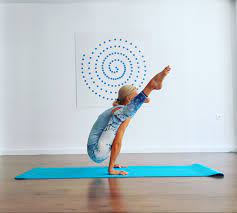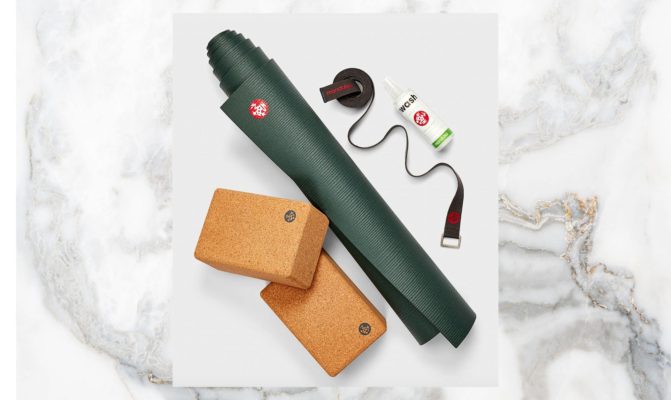4 Best Healthy Eco Friendly Yoga Mats And How To Choose One
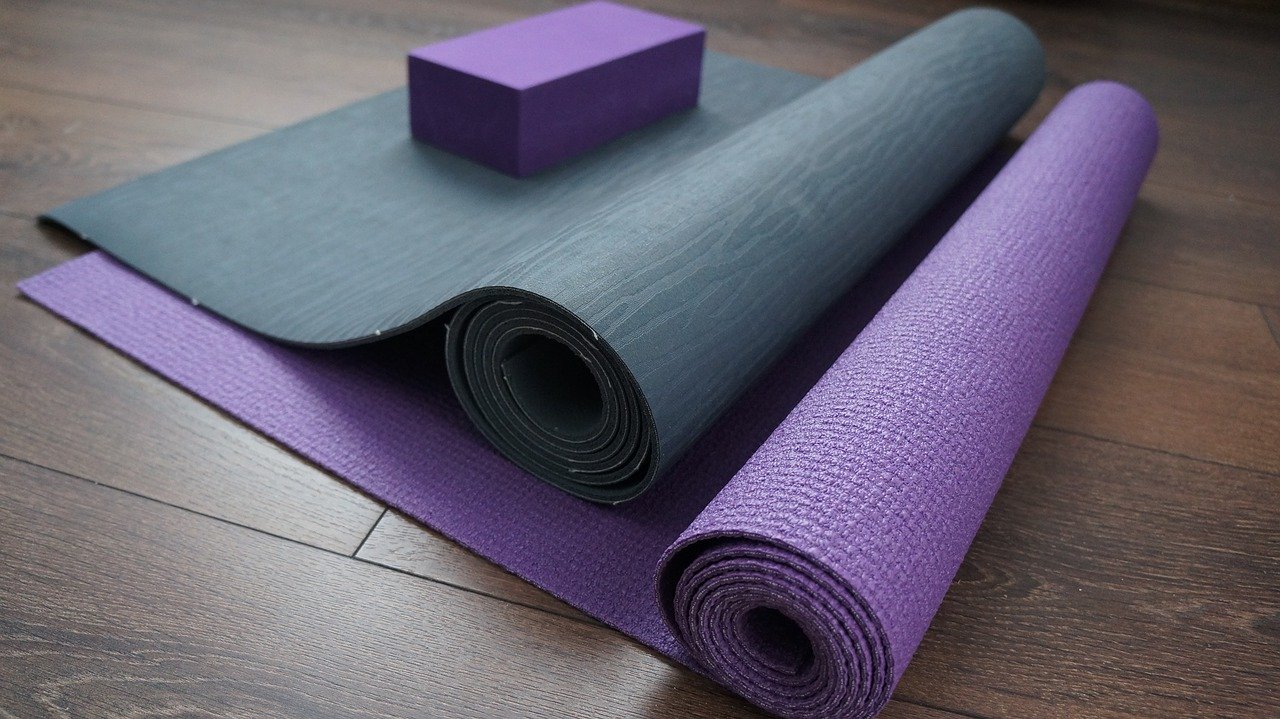
4 Best Healthy Eco Friendly Yoga Mats And How To Choose One:
It’s easy to forget just how many of our normal, everyday belongings are bad for us, or bad for the environment.
And then you see a special on TV or a post on social media about the trash in the ocean, or about plastic causing cancer, and you commit to going all-natural for good.
we have found a few brands that are all about keeping you eco-friendly and enaged whatever ,meditation ,or stress relief you are in to whether it is a long savsana or that firefly pose you have been aiming to master.
Whether you’re just starting to consider getting into the wonderful world of yoga or you’re a master of sirsasana, stick around for this post as we begin to search for the best sustainable eco-friendly yoga mats.
I’ve done more yoga in the last 6 months than I ever have. It’s been wonderful. Working from home certainly has its advantages; I used to drive to the office daily, 45 minutes there and 45 minutes back. Now I use that time to centre my mind and body.
Yoga has been practiced without mats for a thousand years. From its beginnings in India, the yoga sutras, as codified by Patanjali, formed the theory and practice of the art of yoga.
The science of yoga is based on a meditative and spiritual tradition, as described by Master Patanjali. He wrote of Ashtanga yoga as having eight limbs with the asanas being one of these parts.
For the physical part of the journey, the practice consisted of asanas, that were initially performed on the ground without the aid of any foundation or mat. Eventually, early yogis began to use deer, tiger, and various animal skins.
If you’ve ever laid on a yoga mat, you’ve probably smelt that synthetic odor that comes off it when your face is planted to it. That smell comes from PVC, a type of plastic known as polyvinyl chloride. PVC off-gasses (or releases) Volatile Organic Compounds, or VOCs, that we can inhale and that can have serious health implications. PVC is toxic and is used to make a whole bunch of household items, like shower curtains.
The Introduction of Plastic or “Sticky Mats”
In the 1960s, yoga gained popularity in the West. The introduction of the so-called ‘sticky mat’ began with a yogini named Angela Farmer. She believed it would be more comfortable to use foam carpet as padding and created an innovative makeshift mat out of it.
By the 1990s, Sara Chambers had innovated a much more durable and sturdy mat specifically designed for asana practice. The ‘sticky mat’ took hold in the modern yoga practice.
Yoga has since become a billion-dollar business. Mass-produced mats, machine-made of PVC (polyvinyl chloride) or other extruded plastic-based materials have become more popular. They’ve been widely used today because of their convenience.
PVC is made from reacting chlorine, carbon, and ethylene (a product of petrol) together. Later, phthalates are added to the mix to make it soft and pliable.
The basic raw materials for PVC are derived from salt and oil. The electrolysis of salt water produces chlorine. The chlorine is then combined with ethylene that has been obtained from oil. The resulting element is ethylene dichloride, which is converted at very high temperatures to vinyl chloride monomer. This is all highly reliant on the use of fossil fuels.
The result is a cheap and cheerful yoga mat- but how long will it last? A PVC mat is initially a cheaper option, but over time, it can cost the yogi much more.
How to Choose a Sustainable Eco-Friendly Yoga Mat That’s Right for You!
You need to pay close attention to the following when choosing any sustainable product for your home:
Materials;
Where Do They Source Their Materials;
Their Environmental Friendly/Green Business
Their Ethical Labor practices;
Their Community Outreach & Charitable Contributions.
This way, you can compare brands for yourself and decide which green mat appeals to you the most. So relax, channel your inner zen, and keep scrolling.
There are a few companies advertising a “safer” alternative to PVC, which they’re calling “eco-PVC.”
It’s also called PER (polymer environmental resin), and it is less toxic to manufacture and recycle than PVC.
Where Do They Source Their Materials;
Their Environmental Friendly/Green Business Procedures;
Their Ethical Labor practices;
Their Community Outreach & Charitable Contributions.
This way, you can compare brands for yourself and decide which green mat appeals to you the most. So relax, channel your inner zen, and keep scrolling.
Best Sustainable Eco-Friendly Yoga Mats
Inhala Soulwear
Inhala Soulwear’s yoga mats are made from recycled natural rubber, vegan eco-friendly suede, and other non-toxic materials. These are super soft to the touch! Also, with each mat you purchase, you receive an upcycled strap to easily carry your mat everywhere you go. Soulwear is so green that they give a “sustainability report” on their Instagram profile so that everybody can see the results of their eco journey.
Their team assembles their mindful pieces under safe working conditions and everyone earns fair wages. On their Instagram profile, they even feature some of the people (all women – #womensupportingwomen) who make their products.
When making any purchase, the option to plant a tree for is given thanks to their partnership with One Tree Planted. Oh, and their packaging is 100% recycled, a BIG plus.
Yoloha
Yoloha carries a great selection of vegan and non-toxic eco-friendly yoga mats, from their signature Unity to their Original Cork Yoga Mat + Plant Foam. The Unity is made of a harmonious blend of recycled cork and rubber made out of recycled tires. No nasty PVC.
Just a note here, that recycled tires can contain Polycyclic Aromatic Hydrocarbons (PAHs) and heavy metals. But from my research, Yoloha says that the mats go through a triple washing process to remove the heavy metals, and the recycled tires are also on the bottom layer of the mat.
They’ve also recently invented a plant foam made from 60% ethically sourced sugar cane. Topped with the same cork surface, you will find several options including the Original, the Aura, and the Nomad for a more sustainable yoga mat made from 80% renewable materials.
The cork used in their mats is extracted from the outer bark of the cork oak in the Mediterranean area. However, they do not cut down a single tree. Rather, they debark the trees by hand every 9 years. And the image on the mats is simply stunning! It will be hard to choose one.
They advocate zero waste, so any material leftover from the creation of their mats is used to make other cork products. Even cork dust is used as fuel.
Their mats are proudly made in the USA and thanks to their cork harvesting, they provide over 100,000 jobs with fair wages.
Manduka
You may have heard of Manduka before, as it’s a renowned brand among yogis. But here we won’t focus on their track record, but rather on their Namaste Naturally eKo mats, which are 100% biodegradable and eco-friendly.
Manduka has 2 types of sustainably eco-friendly yoga mats – PRO and eKo. But today, we’ll focus on their eKo line, which is made from biodegradeable, non-Amazon harvested, natural tree rubber, and manufactured with zero waste and zero harmful plasticizers. It’s also one of the most affordable eco-friendly yoga mat options.
Any waste leftover from the production of their mats is used in the production of other materials, creating a zero-waste manufacturing process.
They also have a program called Live On, which allows you to give an extra $10 when you purchase a mat from their website to send them any old mats you have at home for them to recycle.
Although eKo mats are manufactured in China (according to Amazon), Manduka says it seeks to provide its products in a way that respects its employees. The second choice is the Natural Jute and PER yoga mat. Made with jute and PER (Polymer Environmental Resin). PER is an interesting fiber. It is better than PVC but it is still a petroleum-based plastic whose main ingredient is chloride monomer, which is a known carcinogen. More on this at the bottom of the post. Barefoot Yoga does claim on the website that its method of production is completely non-toxic and latex-free. The PER is on the bottom of the mat and the jute on the top. Barefoot Yoga says that they are committed to supporting the environment.
Caring for your eco-friendly yoga mat
Although materials like cork and jute are antibacterial and don’t need regular cleaning (according to the brands), I still recommend keeping your yoga mat clean and fresh.
Always use a natural laundry detergent if your mat is made from cotton or another soft fabric. For my mat, which is made from cork. I use a damp cloth to wipe it down. Really Great Goods offers an awesome yoga mat cleaner.

